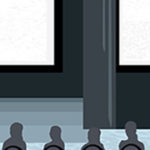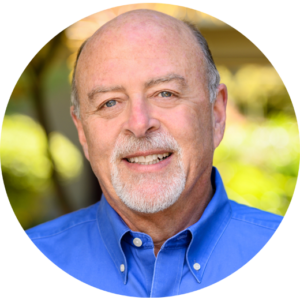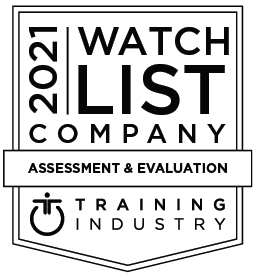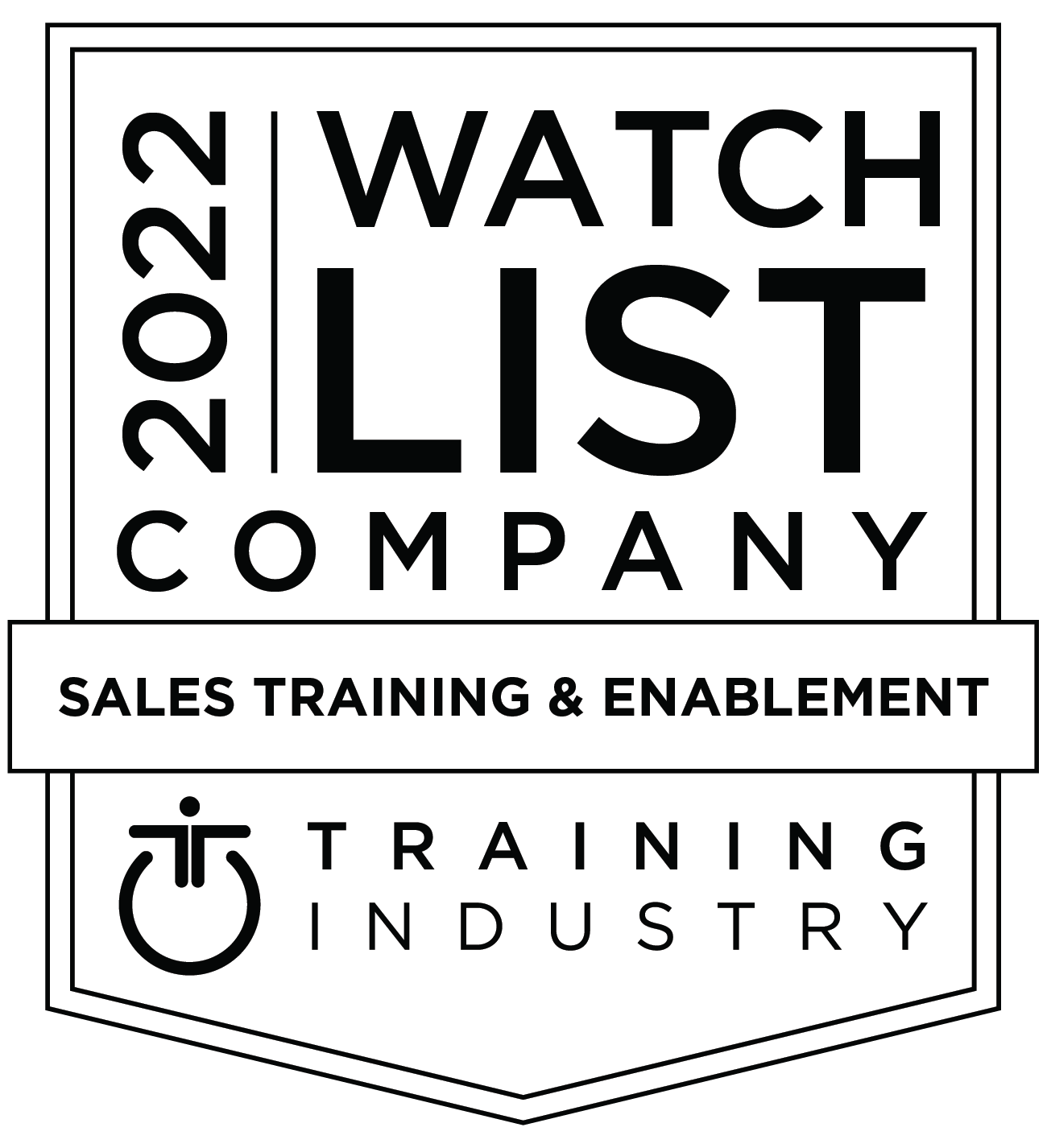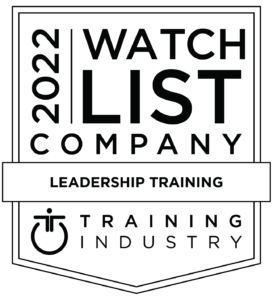Speaking to a big audience can be intimidating.
Often, bright lights are shining in your eyes, the stage is huge and elevated above your audience, and the stakes may be very high. The pressure is on!
These situations require many of the same best practices used in smaller settings, such as conference rooms. The difference is more quantitative than qualitative. However, speaking to a large audience presents some unique challenges, especially if this is your first time on the big stage.
Movement and eye contact matter even more.
It’s harder to engage a large audience (and keep them from looking at their phones!) than it is a smaller one. One of the best ways to keep their attention locked on you and your message is to move around. The general rule of thumb is to move about 50% of the time you’re onstage.
Follow this formula, Look-Move-Plant: Look (at any individual in the audience), move (keeping eye contact with that individual), and plant your feet before moving again. Failure to plant your feet results in pacing, which can annoy the audience and make you look nervous.
It’s often customary in large venues to turn down the house lights and shine bright spot lights into the eyes of the speaker. Ask the stage manager to turn the house lights up and the spotlights down. If you’re being video recorded during the presentation, the event producers may need some light for good video quality. Ask them to use only what they need. The goal is for you to be able to see individuals in the audience.
View your slides onscreen—not on a comfort monitor.
Your slides will most likely be projected on a screen(s) behind you. Some venues will set up a “comfort” monitor, which is a smaller monitor in front of you and positioned so the audience can’t see it. I recommend that you NOT use a comfort monitor! It causes you to look down, breaking eye contact with your audience and severely diminishing your rapport with them.
It’s better to momentarily look at the same screen your audience is looking at. When you look at the screen, stop talking. Simply pause. Remember, only speak when you’re talking to eyeballs! This method works well and keeps you in sync with the audience.
Even the seasoned presenters at Cisco Live commented on the critical role of coaching in advance of high-stakes events. One of whom quoted, “At Cisco Live, I received a distinguished speaker rating, which I attribute a large part to your training a few weeks before.”
Learn more about Mandel’s Speaker Training for Keynotes, User/Customer Conferences, and Sales Conferences.

